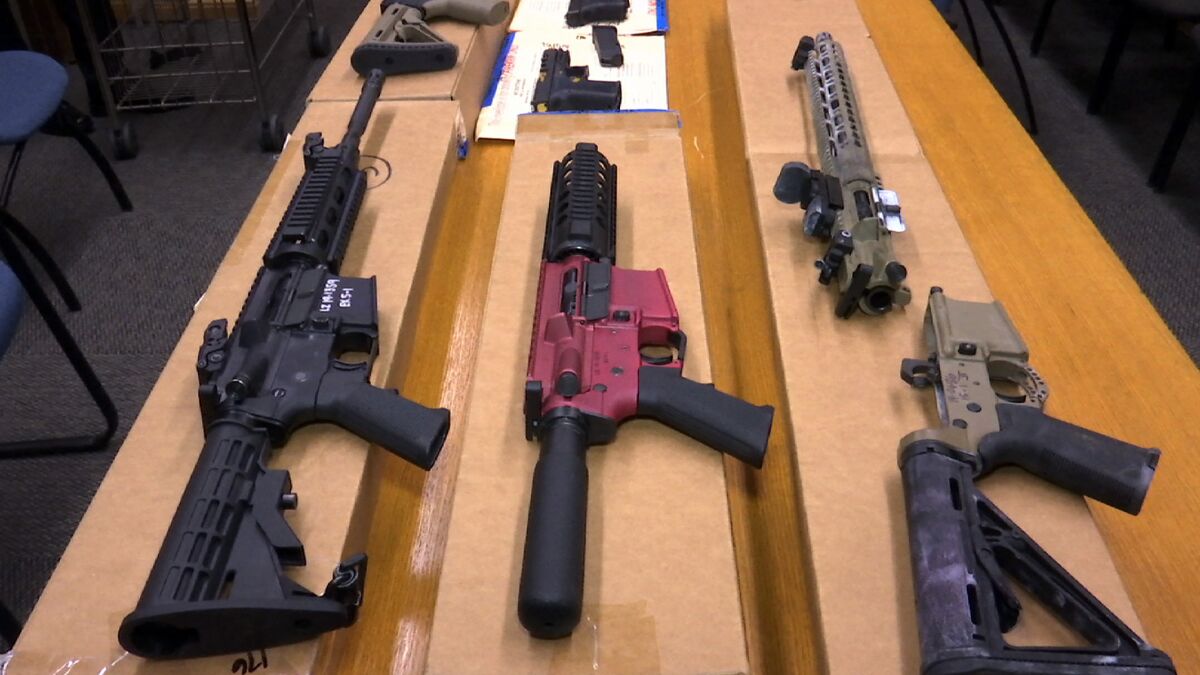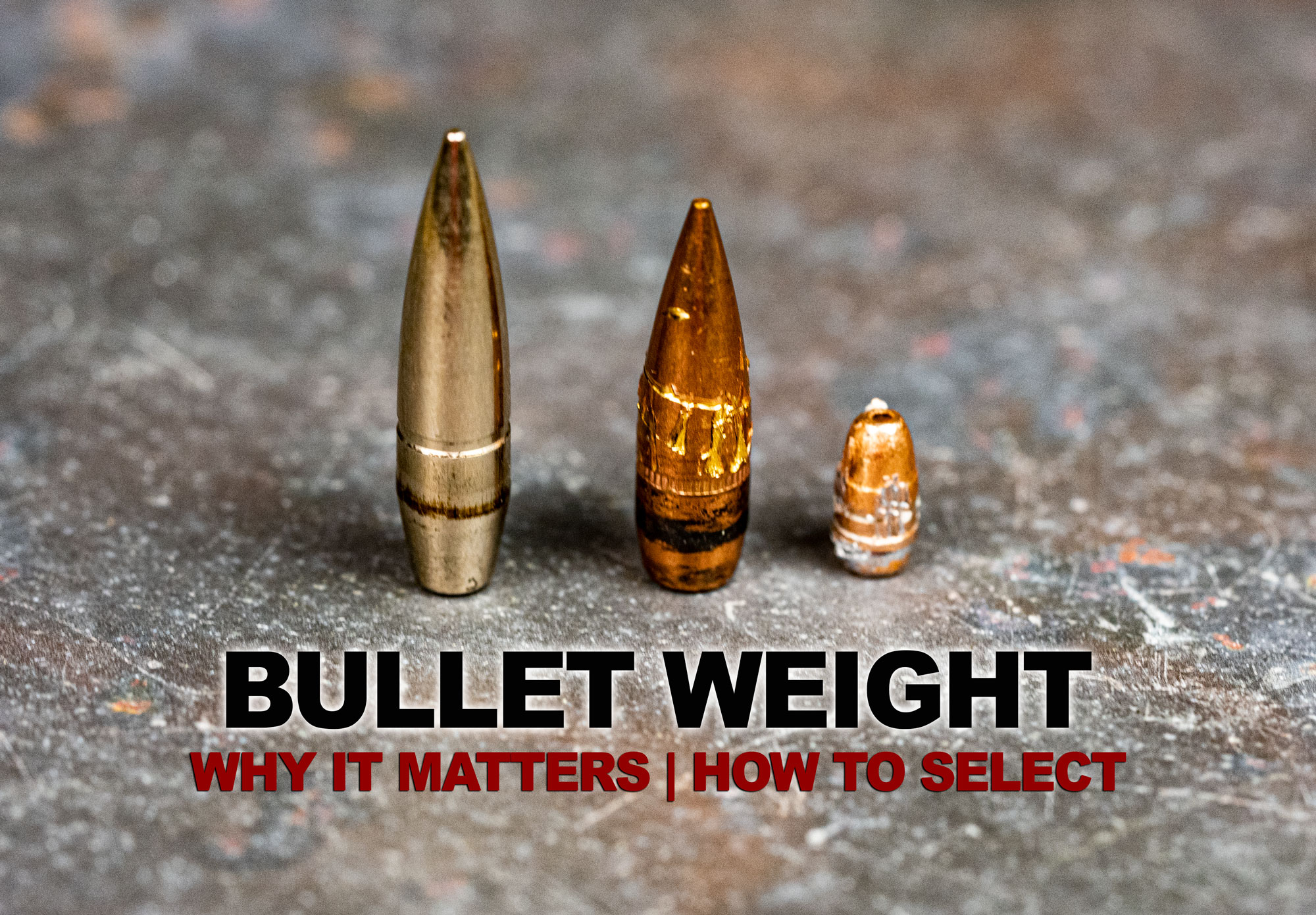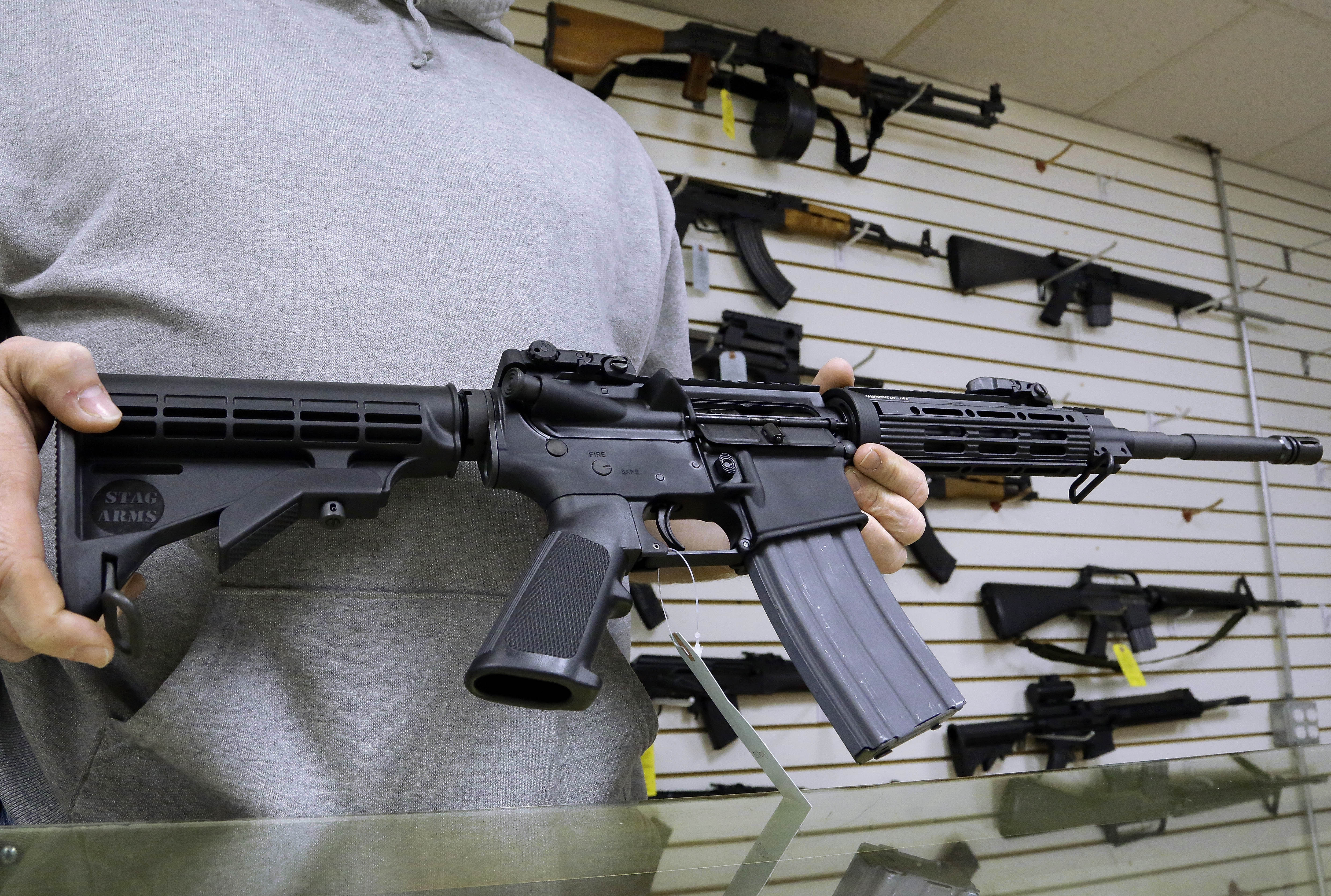Ar Pistol Ammo - Sales of today's sporting rifles are booming, and many people are switching to the AR-15.
So what is the best ammo to use in an AR for home defense and range training?
Ar Pistol Ammo

When we say "best" ammunition, what defines the standard? In general, the right ammo is accurate. It also penetrates the offender's recommended 12-18 inches and won't penetrate if you miss.
Must Have Accessories For Your Ar 15 Rifle
There are two popular types of AR-15 calibers: 5.56x45mm NATO and .223 Remington. Although the external dimensions of these two calibers are the same, it is important to know that they are not the same.
Rifles built to handle the increased pressure of 5.56 NATO can shoot .223 Remington, but the reverse is not always possible.
You can always verify your data by looking at the model or barrel specifications, which are usually stamped with the caliber and barrel twist.
Although the two are very similar, the .223 is civilian and the 5.56 is military and may have their own specifications. While the .223 has SAAMI (Sporting Arms and Munition Manufacturers' Institute) specifications, the military grade 5.56 requires more pressure to travel at higher velocities.
Ar 15 Full Metal Jacket Ammunition Isolated On White Stock Photo
First, let's see what a barrel actually is. To quickly describe it, it is the degree of twist or rotation of the gun barrel. This is indicated by inches per turn and it is very important that the level of barrel twist is sufficient to stabilize the shot.
Different types of ammunition have different barrel twist recommendations. Regardless of the number, it means the bullet will work in a rifle with the appropriate twist rate or faster.
An example of what a barrel twist rate looks like is one that is 1:10", which means it rotates one turn in ten inches. If your ammo has a twist rate of 1:10, it will run at that rate in a rifle or the faster is the speed, for example 1:9".

There are different ideal rates for different barrels. The best way to align it is to measure the grain of the bullet (the grain is the mass of the bullet. 1 pound equals 7000 grains. See the bullet manual for more information). Bullets range from 15 to 750 grains.
Bullet Grain & Bullet Weight
There are two main groups of bullets that you will notice. There is a full metal jacket (FMJ for short) and a hollowpoint or softpoint (HP/SP).
There are unwritten instructions that the HP must do and defend themselves during FMJ during some or practice. Although this is not an actual rule, many people follow it for the same reason.
First, FMJ is generally cheaper and doesn't really match HP or SP. That doesn't mean the job can't be done, because our military only has to use FMJ because of long-standing international agreements.
Another acronym you'll come across is BT, a ship's tail, which refers to the end of a bullet. It has an aerodynamic shape rather than a flat, cropped look.
How The Ar 15 Became Mass Shooters' Weapon Of Choice
Considering military rounds (5.56) you will notice a lot of M193 and M855. Your standard FMJ would be the 55 grain M193. This is called "ball" ammunition, which generally just means the military loading style.
Then you have the 62-grain M855, the so-called "green tip" penetrator. It contains steel rods. The reason the tip is green is because it's a ball ammo hybrid, but it has a penetrator. Armor-piercing ammunition has a black tip, while the ball has no colored tip.
While there aren't many differences between the two, here's a list of some of the differences between the 193 and the 855:

After looking at all of this information, let's move on to some product recommendations. Below is a list of different styles and families of ammunition to suit different AR-15 needs. You will find that the product is from Lucky Gunner as it is a reliable manufacturer.
Joe Biden Yields To Gop, Will Keep Factory Running For Ar 15 Ammunition, Sen. Roy Blunt Says
Since we are talking about standard 55 and 62 grain bullets, we will stick with them in the next section. You will also find that the recommended products are usually brass cases.
This is so you can keep ammo in case you reload or want to.
For precision shooting, this 69 gr round is more accurate. These are heavier, boat-tailed hollow point bullets.
As mentioned earlier, the green tip is similar to bullet ammunition, but has a steel detail penetration.
Head To Head: 4.6x30mm Ballistics Gel (three Ammo Skus)
You may already remember the PMC mentioned above. It's our trusted and favorite brand and you can almost guarantee it's in stock.
You may notice the LAP label on the product, which stands for "Light Armor Piercing". It's not technically armor piercing and can be used for plinking.
Unlike the 5.56 cartridges above, this is our recommendation if you have a .223 barrel or prefer to shoot lighter cartridges.

Plinking is informal target shooting practice. This can be done with targets such as cans, bottles and other artificial or natural targets. People who practice this shooting are known as plinksters.
Four Detained As Ar 15, 60 Rounds Of Ammo Found In Santa Cruz
Below is the steel armor so it's a small start if you're not sure if your AR-15 barrel is good or not. Not all will work with a steel case.
Also keep in mind that they are dirty and not as accurate as brass. In the cheaper variant, they will still try to shoot your target.
(Note that they cannot be stored for reloading like brass. Check with a few to see if they allow a steel/bimetal case.)
The biggest difference between self-defense and ammunition is the fact that you want the defensive ammunition to do its job by "entering" the perpetrator. Therefore, FMJ and penetrators are not the best choice as they do not break down and take a lot of energy.
Sharps Cartridge For Hunting With An Ar 15 Rifle
There are special types of ammunition for defensive use, such as hollow point. This is common among law enforcement officers. Here are our top two recommendations.
After going through many aspects of AR-15 ammo and terminology, you can walk away knowing the best 5.56 and .223 are available in 55gr and 62gr. FMJ and HP also determine a lot about ammo and where it's best suited, and knowing all of this helps barrel twist rate. If you choose a shorter barrel, you need to know how to use it. Or more specifically, you need to consider some of the ballistic pros and cons of the various bullet weights and caliber options available to you.
AR-15 pistols are very handy, especially when equipped with the right equipment, such as the right brace. Two of my favorite AR pistol grips are the Maxim Defense CQB, 4-Position Adjustable on the new Springfield Armory SAINT Edge, and the Gearhead Works Tailhook Mod 2. Both are rock-solid, good for one-handed support, and serve well when you bring the gun closer to your face and shoulder . But I digress.

Here's the thing. With most calibers, for every inch of barrel shortening, you lose somewhere between 30 and 50 feet per second in muzzle velocity, all else being equal. So, if you choose an AR pistol with a barrel six inches shorter than its rifle counterpart, the muzzle velocity may be 300 meters per second less, give or take. If your goal is to use steel or make a hole in a paper target, it doesn't matter. If you are using a hunting or defense range, you need to make sure that the ammo does the job you want it to do in the velocity range.
Lexington Police Arrest Man With Stolen Ar 15 Rifle, Nearly 100 Rounds Of Ammunition, Marijuana, And Oxycodone Pills
As the barrel gets shorter (7.5 inches upper and 10.5 inches lower), it's important to know how your ammo performs.
When professional shooters started using more compact AR-style rifles in urban combat, one of the complaints was the loss of target effectiveness. This is not entirely surprising since the "standard" 55-grain AR load was originally designed to run at 3,000 feet per second. At high velocity, a light metal cased bullet disintegrates and shatters upon hitting the target, thus causing permanent damage. At slower velocities with a shorter barreled rifle, users have found that it is easier to make small holes. This is certainly bad for the recipient, but not optimal.
If you want to maximize the performance of a short-barreled AR like the AR-15 pistol, you have two main variables to tinker with: bullet design and caliber. Before we get into the details, let's establish a baseline of velocity and energy from a standard AR-15 rifle platform. At 3,000 feet per second, a 55-grain bullet produces 1,099.3 foot-pounds of kinetic energy. Think of it as a destructive energy, like a drill. The same projectile transmits a momentum of 23.57 pounds per second. Think of it as an ability
Ammo making, ammo primer, sling ammo, ammo containers, ammo bag, ar ammo box, ammo holder, ammo can, ammo vest, bandolier ammo, ammo storage, ammo boxes

0 Comments